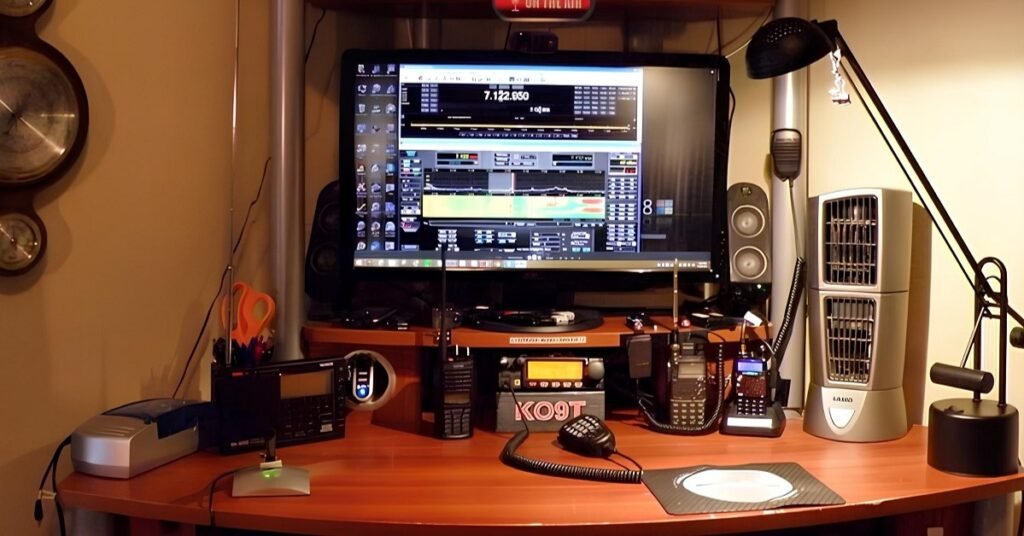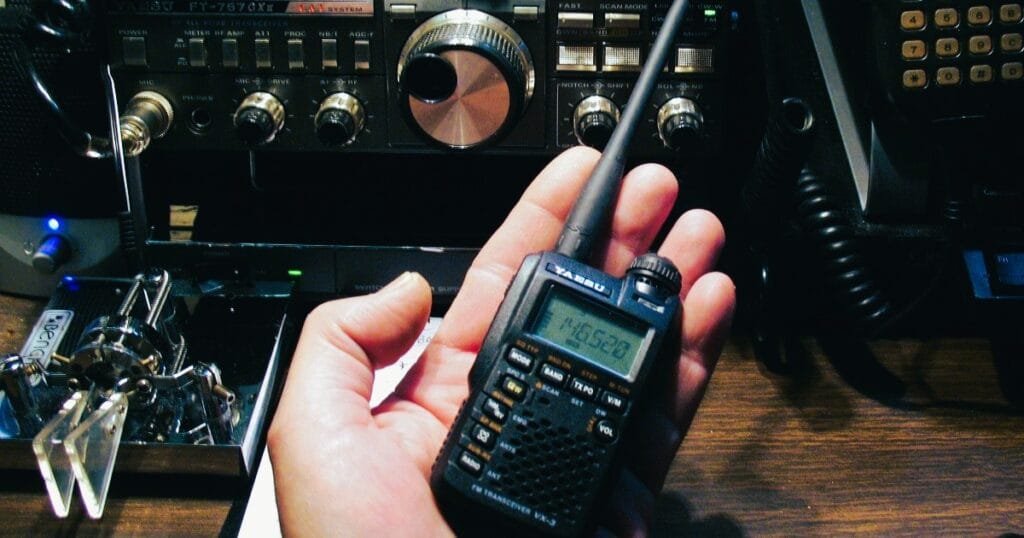Table of Contents
ToggleWalkie-Talkie vs. Ham Radio: Which One Suits Your Communication Style?
Whether you are planning a weekend camping getaway or setting off on foot to explore the wilds of rural locations where communication is important, then your decision often comes down between walkie-talkies and ham radios. All of these work together to suit different needs, especially in emergency preparedness. In particular, each option is a better solution for meeting different needs in emergency preparedness. They each come with their own benefits. Knowing how the walkie-talkie vs ham radio comparison breaks down will be useful in your decision-making process. Although superficially the two approaches seem similar. A closer look reveals a fair amount of divergence in the walkie-talkies vs ham radio discussion that could come into play depending on your use/planned usage.
Ultimately, the decision on whether to go for a walkie-talkie or ham radio comes down to your specific needs and features you desire. However there are some distinct differences that separate them as well. So in this review, We see what their flavors are like. Range, requirements functionality, license complexity cost, ease of use Still, you might wonder; which one is better in detail as a communication gadget.
Walkie-Talkie at a Glance
The most popular models of such type are walkie-talkies that are portable, compact and very easy to use gadgets for short distance communication. These roger beeps are the features identification with walkie talkies that require no special knowledge to achieve results from. Walkie-talkies are great for people who only occasionally need to talk with friends or family while you’re at some kind of location and want something reliable, cheap, convenient when on vacation or traveling.
Walkie-talkies operate on the same frequencies found in the Family Radio Service (FRS) or General Mobile Radio Service. It comes pre-programmed in most versions so all you have to do is turn it on, select a channel and start talking. No license is needed to operate FRS walkie-talkies, though some GMRS devices do require a license depending on their power output.
Walkie-Talkies are good if you just need basic communication, as noted in this ham radio review. The problem with them is that they are impractical and have limited functions. Read here to know more about what walkie-talkies are. To find out how walkie-talkies operate in an intricate way check this source.
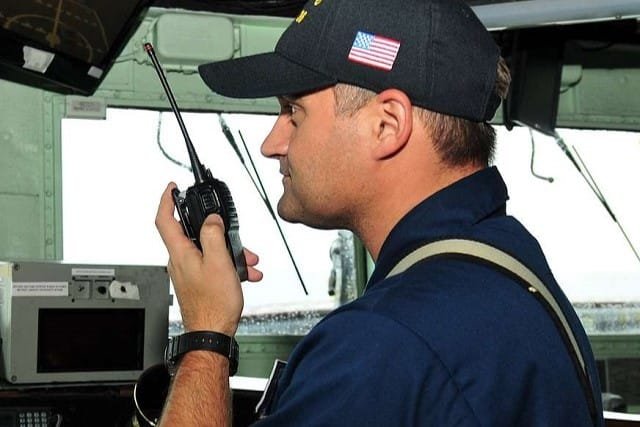
The Power of Ham Radio
By contrast, ham radios are both more versatile and powerful. They communicate across broad distances, enabling fellow fans to contact each other around the world. High frequency(HF), Very high Frequency (VHF) and Ultra-high Frequency (UHF ) bands are used for ham radios. This provides them a far greater range than an ordinary walkie-talkie.
Locally and regionally the ham radio operator can reach out. They can use different frequencies and methods like bouncing signals off the ionosphere to get around the world. Ham radios have been embraced by a wide spectrum of applications, including hobbyists and emergency communicators. Even their ability to provide off-grid communications has made them indispensable.
However, as shown with this ham radio review, there is definitely a learning curve. Ham radios do require a license to operate legally. Also unlike walkie-talkies, they require at least some understanding of frequency channels, transmission power levels and a basic set of rules.
Walkie-Talkie vs Ham Radio: Range
When comparing walkie-talkie vs ham radio, range is perhaps the most visible difference.
Range of Walkie-Talkie
The ranges of walkie-talkies are limited from usually just 1 up to 5 miles. The distance will vary with geography as well physical impediments (trees, buildings) and the type or model of unit used. These aspects are essential to consider when evaluating walkie-talkie performance. This is completely appropriate for most informal scenarios, such as coordinating between different areas of a campsite, staying in contact during a family function, or keeping children safe in a huge public location. The range of walkie-talkies can, however, be significantly impacted by surrounding factors. Buildings, trees, mountains, and even inclement weather can all restrict the effective range. This ham radio review points out that walkie-talkie vs ham radio comparisons frequently highlight the limitations of walkie-talkies. They suffer in urban or rocky terrains, where obstructions can interfere with signal transmission.
Range of Ham Radio
Unlike walkie-talkies, ham radios can talk for miles and beyond. This means there is a possibility of ham radios communicating in your town, country or further across continents by the proper equipment and configuration. Standard VHF/UHF ham radios might only get 5-30 miles, but HF allows a connection with stations hundreds of miles away. A ham operator can do this using ionospheric propagation to rebound signals from the atmosphere. When disaster strikes, there really are few other options for reliable long-distance communications than ham radios.
Wanna know how far a mobile walkie-talkie can be used? Tap here to view more of what they are capable of.
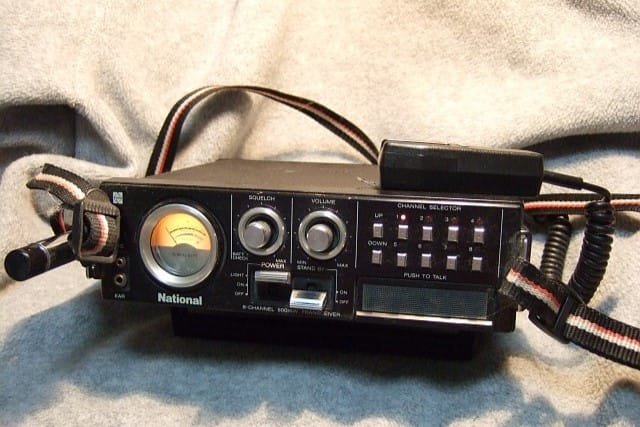
Walkie-Talkie vs Ham Radio: Features and Functions
Features of Walkie-Talkie and Ham Radio
Walkie-talkie vs ham radio comparisons often highlight that walkie-talkies are meant to make things simple. They usually have basic controls for volume, channel selection, and push-to-talk communication. Some versions may have additional capabilities such as a flashlight or a weather warning function, but walkie-talkies are primarily designed for simplicity of use and straightforward communication.
Ham radios, on the other hand, have a far wider range of features. They may work on numerous frequencies and bands, as well as fine-tune the signal by altering transmission power and modulation patterns. Many ham radios may link to repeaters, allowing users to greatly increase their range beyond that of direct radio-to-radio transmission.
Advanced Communication Modes
Also, ham radios often provide modes of communications not found in public services and the military including digital (e.g. FT8), DMR or APRS; Morse code; and packet data transfer Advanced ham radios can also have GPS and provide connectivity to computers or smartphones resulting in transmitting data or internet based communications through radio waves.
Ham radios, on the other hand, are an exciting hobby that can provide endless possibilities for enthusiasts who like to tinker and experiment with various ways of communicating, which in comparison could be termed a micro network. This ham radio review has proven that the flexibility of choice is where Ham Radio’s gained advantage over walkie-talkies.
Licensing: The Legal Side of Things
Perhaps the single largest distinction between these radios and walkie-talkies is whether or not you need a license to operate them. Many walkie-talkies, like those that run on FRS frequencies in particular, don’t need a license to work. The walkie-talkies that use GMRS are more powerful and cover a greater distance than FRS handhelds, but in the United States they do need to have their own license (however you can get it with no exam).
Ham radios, on the other hand, work across a much larger set of frequencies and for that reason users need to be licensed. With a ham radio license, you can use all the services but there are three levels of licenses and to get one, ham must pass an exam that tests their knowledge of both radio theory as well regulations when it comes to operating procedures. The United States also has three different ham radio licenses: extra, general and technical. At each successive level, the operator gains more privileges as well as wider swaths of frequency. This progression implies a greater amount of involvement and comprehension in the area of most loved pastime.
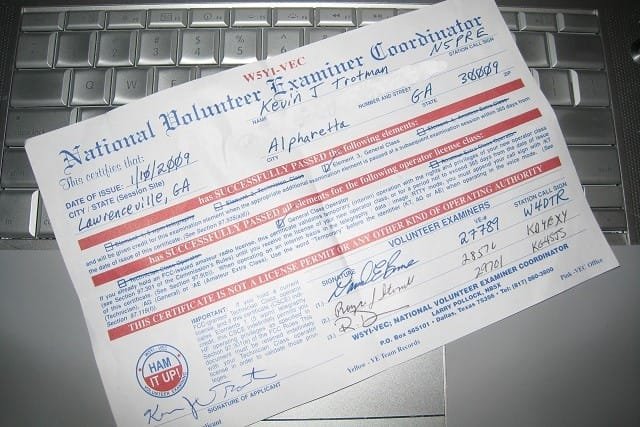
Getting License
The good news is that getting a ham radio license isn’t that much difficult as it may seem. There are several tools available to assist novices prepare for the test, and ham radio groups are frequently warm and willing to welcome newcomers. In fact, as one ham radio review notes, studying for and acquiring a license may be a gratifying experience. This process connects you to a global network of radio aficionados, enhancing your engagement with the hobby.
Cost: Bang for Your Buck
Walkie-talkies are typically cheap on the front end relative to ham radios. Components and accessories of ham radios come at a higher price because of the nature of their technology, which makes them more advanced with wider functionalities. This is very ample for most casual users; a basic set costs $20 to $50 at any Target or radio outlet. The top-end versions could be costlier, but also then they are budget-friendly sufficient for a lot of buyers. Walkie-talkies are a popular choice for families, outdoor enthusiasts, and casual users because they’re relatively inexpensive — after all, their closest buddy also rocks one.
Ham radios, conversely, can be pretty expensive at least the equipment which is worth allowing some of these rather far stretching options. An entry-level ham radio can be had for between $50 and a few hundred dollars, whereas more advanced radios ( plus accessories such antennas, amplifiers & power supplies) will run several hundreds of dollars.
Compared to walkie-talkies, ham radios are significantly more diverse and capable. That makes them a better value over the long haul for those who are looking to communicate seriously. A ham radio license is not costly, but it is worth thinking about. Some of the factors which have led me to write this ham radio review, is that you would be wise to choose between the two options carefully bearing in mind your requirements with regards communication as on global channels radios will provide better value for long-range multi band communications across different frequencies.
Ease of Use: Plug-and-Play or Needs Training?
This is one major advantage that we should not skip; walkie-talkies are very easy to use. They are exceptionally beginner friendly being designed for ease of preparation with relatively no assembly and basic operation which means they can be successfully operated by people from any age as well as experience level. If you want you can just pick up a walkie talkie device, turn it on and start voice conversation by pressing the PTT button. Even some of them don’t need to press the PTT button. Just talk and it will send your voice through the air. You don’t need to know anything about complex communication to use a walkie-talkie. Just know the basics and start communicating.
With ham radios, well you may require a tiny bit more of technical understanding. Learning how to use different frequencies, modes and output power level transmissions may be cumbersome for newbies but a must-have knowledge in radio communications. However this makes ham radios more attractive to aficionados and serious communicators willing to invest time in learning the technology.
However, once you’re comfortable with ham radio operating, the learning curve becomes part of the enjoyment. Many users like learning how to converse over vast distances, interpret Morse code, and experiment with digital modes. This review of ham radio emphasizes that ham radio is a communication tool in addition to a pastime.
Final Thoughts: Walkie-Talkie or Ham Radio?
When it comes to whether getting a walkie-talkie or ham radio works best, it all will depend on you and the wants. If you are looking for something that is simple and easy to use, capable of short-range communication then a walkie-talkie will be the perfect answer. They are cheap, easily accessible and great for local comms without needing an expensive license or to get too technical.
On the other hand, if it is time for you to venture into long-range communication then a ham radio might just be your new BFF. In a nutshell, it allows you to access different frequencies and modes which will essentially amplify your communication. Though ham radios require more time, money and expertise to get up and running, they offer unparalleled flexibility far beyond what channels such as CB can provide. Ham radios open up endless possibilities, whether you are talking to a neighbor across town or another ham radio operator located halfway around the world.
Our review of the budget ham radio, therefore also recognizes that for many this is perfect who just want something to talk on, its value no trumps much more expensive handhelds which will leave you wanting a new one soon enough. However, a walkie-talkie will work for most people.
Visit TalkieTrail.com for additional thorough tutorials and troubleshooting hints, and be sure to leave your opinions and questions in the comments!
